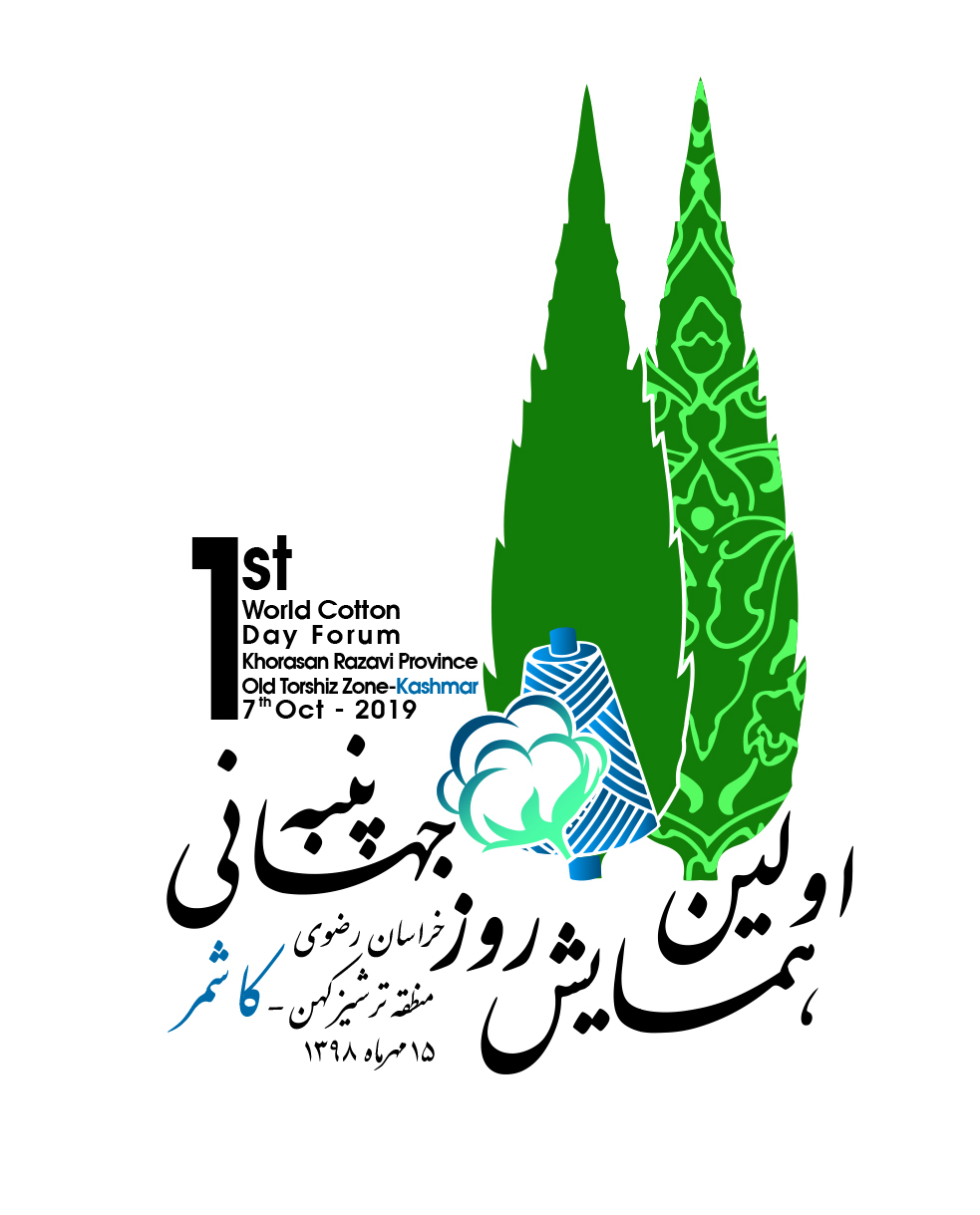Coinciding with the first International Cotton Summit on October 7 in Geneva, Switzerland, the first National Cotton Day National Conference will be hosted by Kashmir on October 15.
According to the Fars news agency from Kashmar, the head of the Kashmir Higher Education Center said tonight at the press conference of the National Cotton Day National Conference that the Tarshiz region, which includes the cities of Kashmar, Khalilabad and Bardaskan, has a special potential for cotton cultivation in the country. : The activity of the East Cotton Research Station in the region as the most important station and the existence of cotton cleaning factory, cotton seed sludge, textile factories, Anabad Agro-industry Company, handmade carpet production hub and the existence of higher education centers in agriculture in the region are proof of importance and Cotton has a special place in this region.
Hadi Memarian Khalilabad, referring to the potential of the region in the field of agriculture and employment of more than 90% of the people in this sector, reminded: All these advantages led to the decision to hold the first national conference on Cotton Day with the presence of national and provincial officials and We will be different experts in the field of agriculture and industry from different parts of the country on the 15th of October.
Head of Kashmir Higher Education Center, the development of cotton cultivation and production by improving crop quality, improving technology and knowledge transfer to the farm, reviewing the value chain from farm to cotton industry, trade and economy, as well as modernization and development of main and ancillary cotton industries. "We hope that the region will benefit from the opportunity of guests and participants in this conference, and through this we will be able to introduce the capacities, potentials and capabilities of the region," he said.
2,000 hectares of Kashmir land is under cotton cultivation
The director of Jihad Keshavarzi Kashmar also said in the meeting that at present Kashmar, despite more than 35 hectares of agricultural lands, 21,000 households are active in this sector, said: Although in recent years, the area under cotton cultivation in Kashmir is about 2,000. Hectares, but due to the state of water resources, cotton cultivation in this city decreased.
Seyyed Abolghasem Mousavi, emphasizing that with the plans made, we try not to cause problems for farmers by managing the cultivation pattern, added: In 2001, the amount of water available was 185 million cubic meters, but this amount due to the continuation of droughts and reduced rainfall per year Currently, the amount of water available has decreased to 85 million cubic meters, while the area under cultivation is not much different from 13 years ago.
He stated that high water consumption and low cotton prices were the most important reasons for abandoning the cultivation of this crop in Kashmir. It has provided cotton to cotton farmers across the country. There are good conditions and incentives to encourage farmers to grow this crop.
The director of Jihad Keshavarzi Kashmar, noting that the farmers of the region were well acquainted with cotton cultivation and different stages of planting, harvesting and harvesting, said: We will work for cotton and welcome farmers to produce this product.
The head of Kashmir's Department of Industry, Mines and Trade, emphasizing that Kashmir's economic image is based on agriculture, said: "Industry, along with the agricultural sector, is in fact dependent on the products that are produced and offered in this sector."
Pointing out that Kashmir textile factory is the oldest industrial unit in Kashmir, Purkavian said: considering that 72 thousand square meters of handmade carpets are produced annually in this city due to the activity of 5,500 carpet weavers, of which part of the raw material is from the product. Cotton is supplied, it is expected that holding this national conference will lead to the increase and promotion of agriculture, trade and industry in this city.
Also, the chairman of the board of directors of Kashmir textile factories in this meeting, pointing out that Kashmar textile factories have been selected as the economic deputy of Khalilabad, said: holding this conference in order to provide a basis for encouraging farmers to grow cotton and reassurance It is made to buy cotton.
Mojtaba Samimi pointed out: This conference is accompanied by the cooperation of the representative of the people in the Islamic Consultative Assembly, Ministry of Jihad Agriculture, Ministry of Industry, Mines and Trade, Khorasan Razavi Governorate, Jihad Agricultural and Industry Organizations, Khorasan Razavi Mining and Trade, Kashmar Governorates, Khalilabad and Bardaskan and various departments and institutions in the region will be held after coordination meetings in Tehran, Mashhad and Kashmar.
He said: "Tarshiz region has a high capacity and potential in the agricultural sector, as the establishment and operation of textile factories, cotton research station in the east of the country and cotton seed harvesting plant in this region is proof of this claim."
The chairman of the board of directors of Kashmir textile factories emphasized that the market needs this strategic product, and reminded: according to the statistics, Greater Khorasan has the highest volume in terms of cotton production in terms of cotton production.
Pointing out that besides looking at the market, there is also the capacity of technical, production and research knowledge in this regard, Samimi said: "We should try to use technology and up-to-date knowledge to provide the basis for producing quality products with a foreign product." Competitive and favorable to the textile industry.
He stated that with the policy and support of the Ministry of Jihad Agriculture, we will see an increase in the area under cultivation and production of quality crops, he said:

